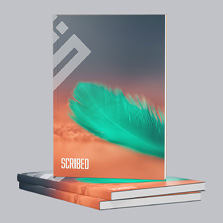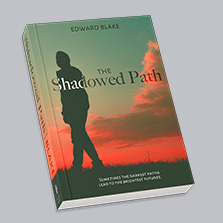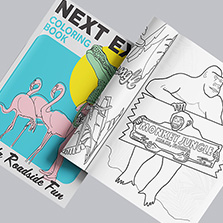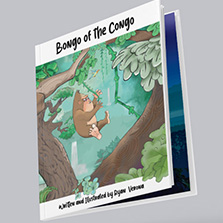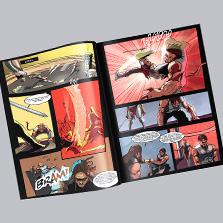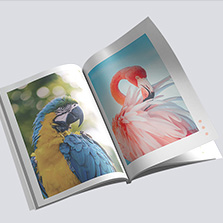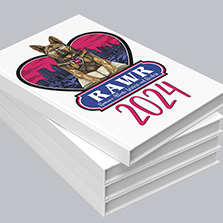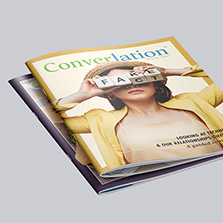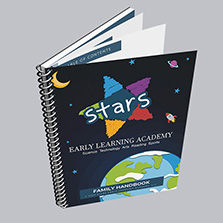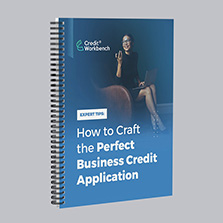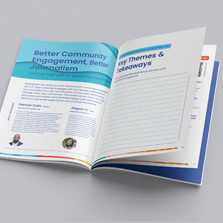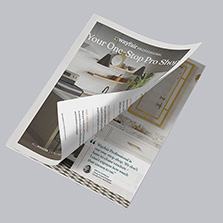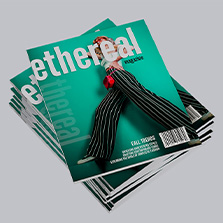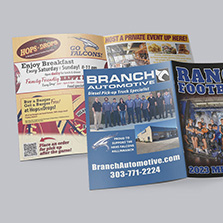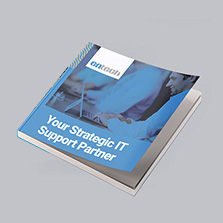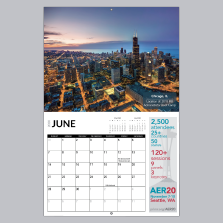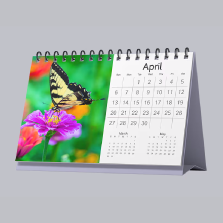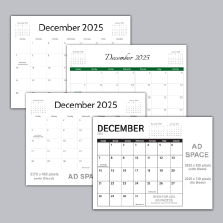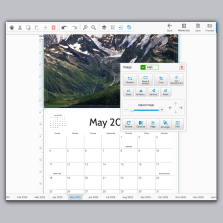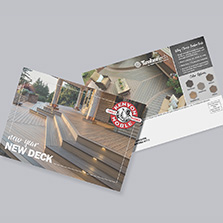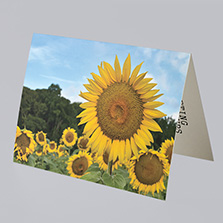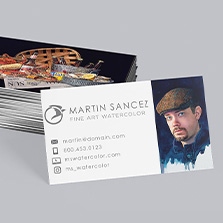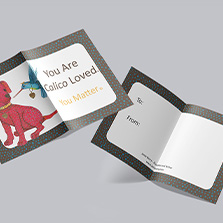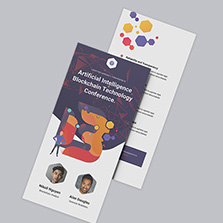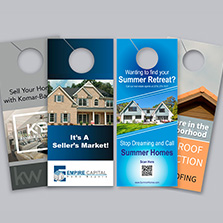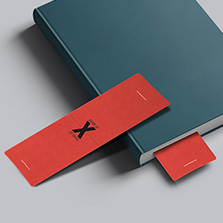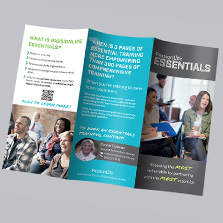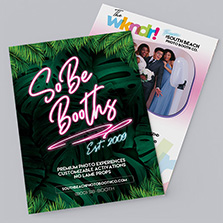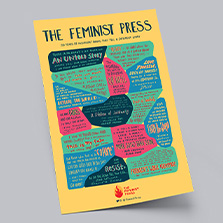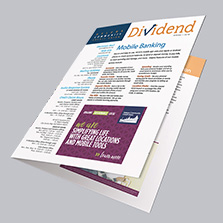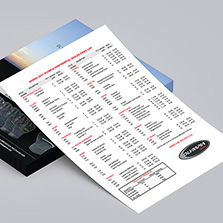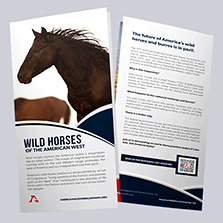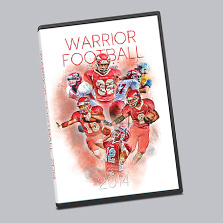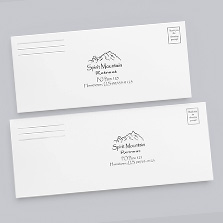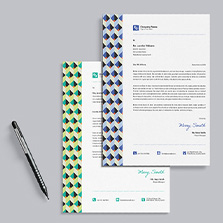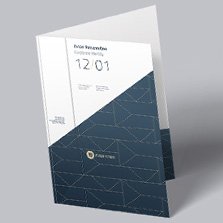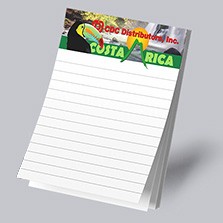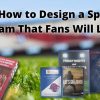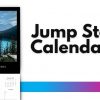
What Type of Book Binding Should I Choose?
One of the biggest choices you need to make before designing your next booklet is what binding type you are going to choose.
There are many different types of binding for books and booklets. There are just about as many factors that go into determining which binding type is best for your needs. Therefore when choosing book binding styles, If you are feeling overwhelmed with questions, we are here to help! Here are some of the top questions you should ask yourself as you choose a binding for your project:
- What’s my required page count?
- How will the book be used?
- Where will the book be used?
- Who will use the book?
- How will it need to function?
While perfect binding is great for magazines and product catalogs, spiral binding or wire-o binding is probably the better option for projects such as manuals and cookbooks. If you’re on a budget, saddle stitch binding is the optimal choice.
Before we get into the nitty gritty, take a look at our various binding options for printing below.
Get an Instant Book Price: Learn More
Request a Free Sample Pack: Learn More
Types of Binding for Printing: An Overview
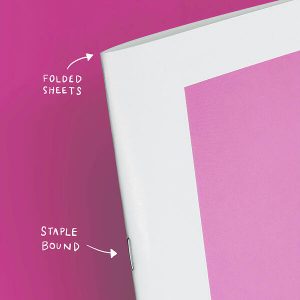 Saddle Stitching Saddle Stitching8-92 Pages | $$$$ Sheets of paper (two pages on front, two pages on back) nested, folded, stapled together, then trimmed down to size. |
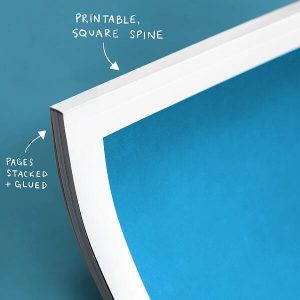 Perfect Binding Perfect Binding28 Pages – 2” Thick | $$$$
Pages stacked (one page on front, one page on back) together then cover is wrapped around and glued to spine. |
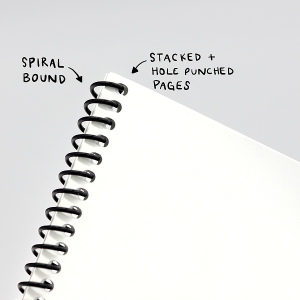 Spiral Binding Spiral Binding8 Pages – 2 3/4” Thick | $$$$
Cover and pages are stacked (one page on front, one page on back) together, hole punched, then bound by a plastic coil. |
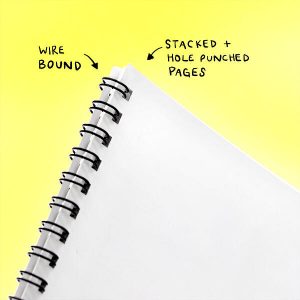 Wire-O Binding Wire-O Binding8 Pages – 1 1/4” Thick | $$$$
Cover and pages are stacked (one page on front, one page on back) together, hole punched, then bound by a metal looped wire. |
Below you can find more detailed information on each binding type to help make your decision easier.
Explore Each of Our Print Binding Options In Depth
Saddle Stitch Book Printing
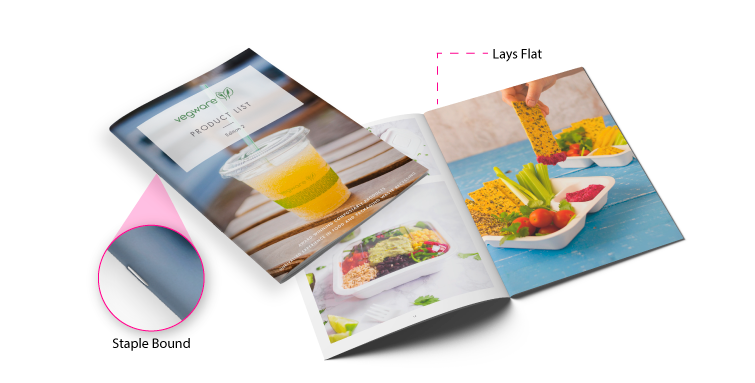
Saddle-stitched binding is the most common and cost-effective form of book binding.
Booklets bound in this way have printed sheets that are folded and nestled together one inside the other and then stapled through the fold line. This allows the booklet to lay almost completely flat when open. This also means that less of your design gets lost in the middle and the book will be easy to handle.
However, there is a limitation to this type of binding. Staples can only hold so many pages. Therefore, saddle stitching is best for smaller booklets containing less than 92 pages.
Page Count Restrictions: 8 Pages – 92 Pages | 4 page increments
Available in Soft Cover or Self-Cover
Popular Saddle Stitch Books:
- Programs
- Marketing Booklets
- Portfolio Books
- Coloring Books
Page Count Restrictions: 8 Pages – 92 Pages | 4 page increments
Available in Soft Cover or Self-Cover
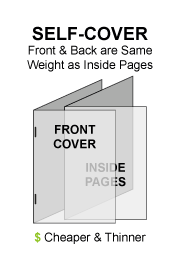
|
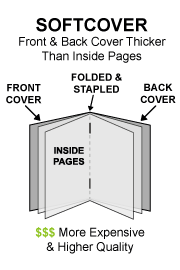 |
Popular Saddle Stitch Books:
- Programs
- Marketing Booklets
- Portfolio Books
- Coloring Books
Perfect Bound Book Printing
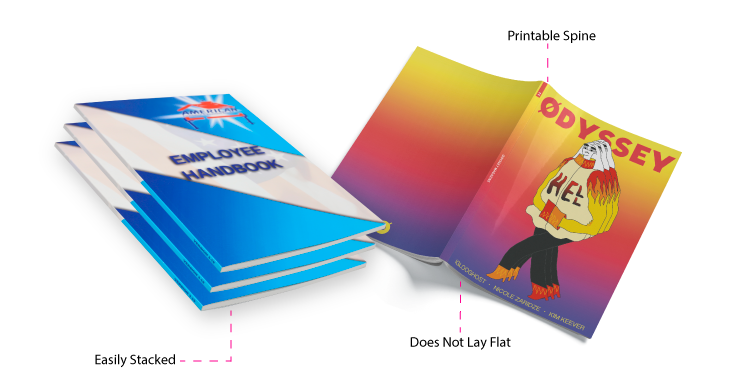
Perfect binding is a popular type of book binding you see on soft cover books such as paperback books and magazines.
The internal pages are printed on both sides of text weight paper, then gathered together (collated) into a book, one on top of the other, in numbered page order. The cardstock cover of the perfect bound book is placed over and around the inside pages, attached along the binding edge by the application of a strong yet flexible PUR glue.
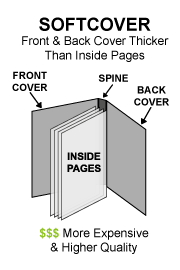 Page Count Restriction: 28 Pages – 2” thick | 2 page increments
Page Count Restriction: 28 Pages – 2” thick | 2 page increments
Available in Softcover Only
Popular Perfect Bound Books:
- Magazines
- Photobooks
- Look Books
- Yearbooks
- Product Catalogs
- Memory Books
- Art Books
- Handbooks
Spiral binding or coil binding is similar to saddle-stitched binding except that it involves creating holes along the left edge of a booklet’s pages and inserting a continuous plastic coil through the holes.
This binding allows for a wide variety of sizes and page counts. It also offers the most versatility for the user to lay the pages flat, which is why this is a common binding method for spiral notebooks and journals.
Spiral bound books are easier to handle due to the ease of turning pages, lack of spinal tension, and folding or wrapping back around themselves (360 degree).
You cannot print on the spine or add or remove pages. Crossovers, or images that span two adjacent pages, inside of perfect bound books are not recommended.
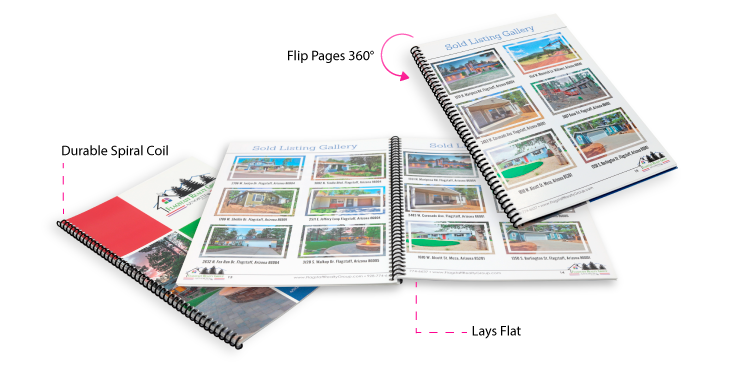
Spiral binding or coil binding is similar to saddle-stitched binding except that it involves creating holes along the left edge of a booklet’s pages and inserting a continuous plastic coil through the holes. This binding allows for a wide variety of sizes and page counts. It also offers the most versatility for the user to lay the pages flat, which is why this is a common binding method for spiral notebooks and journals.
Spiral bound books are easier to handle due to the ease of turning pages, lack of spinal tension, and folding or wrapping back around themselves (360 degree). You cannot print on the spine or add or remove pages. Crossovers, or images that span two adjacent pages, inside of perfect bound books are not recommended.
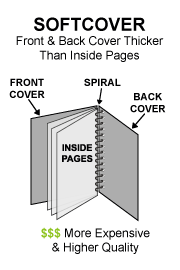 Page Count Restrictions: 8 Pages – 2” thick | 2 page increments
Page Count Restrictions: 8 Pages – 2” thick | 2 page increments
Available in Soft Cover Only
Popular Spiral Bound Books:
- Manuals
- Cookbooks
- Guide Books
- Directories
- Workbooks
- Handbook
- Notebooks
- Journals
Wire-O Bound Book Printing
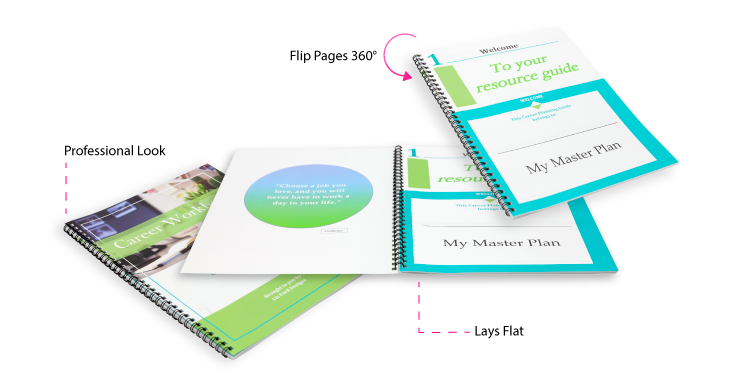
Wire-O binding is similar to spiral binding except for instead of a spiral coil, it has a metal coil, as shown above. This binding allows for a wide variety of sizes and page counts. Wire-O tends to be an ideal option for when a project is for a professional setting, but also needs to have the versatility of moving the pages 360 degrees. A good example is an annual report or presentation booklet.
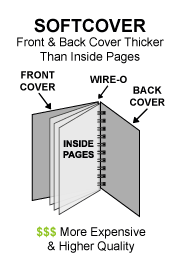
Page Count Restrictions: 8 Pages – 2 3/4“ thick | 2 page increments
Available in Softcover Only
Popular Wire-O Bound Books:
- Manuals
- Annual Reports
- Presentation Books
- Directories
- Report Book
- Guide Books
- Business Books
- Calendars
Comparing Softcover vs. Self-Cover Book Binding Types
While describing the book binding options above, we mentioned softcover and self-cover. Here is a brief look at soft cover and self-cover to give you a better grasp.
A SOFTCOVER BOOK is like a paperback novel, catalog or magazine. The soft covers are printed on a more durable heavier weight cover cardstock paper to give your book a little more thickness and heft. We recommend 80# or 100# gloss or matte cover cardstock for the cover and 80# or 100# gloss or matte text for the inside pages. 70# gloss text is available when weight becomes an issue, for example, mailing. Below is a saddle stitch example of softcover (the darker colored cover in the example is a heavier weight than the inside pages).

- We offer 4 types of softcover binding: Perfect bound & Saddle-stitched are our most popular.
- We also offer softcover Spiral bound and Wire-o binding.
- Softcover books offer the BEST VALUE.
- The cover can be UV Coated with a luxurious high gloss finish.
- They are more popular, affordable and offer a quicker turnaround time than hardcover books.
- A hardcover book has a cover made from thick, rigid paperboard (like an elementary school textbook).
- At this time, we do not offer hardcover books.
SELF-COVER BOOKS have the same paper weight for the front and back cover and the inside pages. 100# Text (Gloss or Matte) is recommended. We only offer self-cover for Saddle Stitched Books. Below is a saddle stitch example of self-cover (the cover and inside pages are the same paper weight).

- Easier to fold into a self-mailer or put into an envelope
- Does not require the durability and longevity of a heavier cover
- More easily damaged when mailed.
- 80# or 70# gloss text are also available when weight becomes an issue, for example, mailing.
Find the Perfect Type of Book Binding Today
Need additional assistance finding the right type of book binding for your needs? Feel free to reach out to us here at Printing Center USA anytime! We’re here to help you find the perfect book binding to fit your masterpiece
Want to see what your booklet or book could look like once printed? Utilize our free file review tool or free templates now.
Otherwise, we invite you to get started with book printing!

